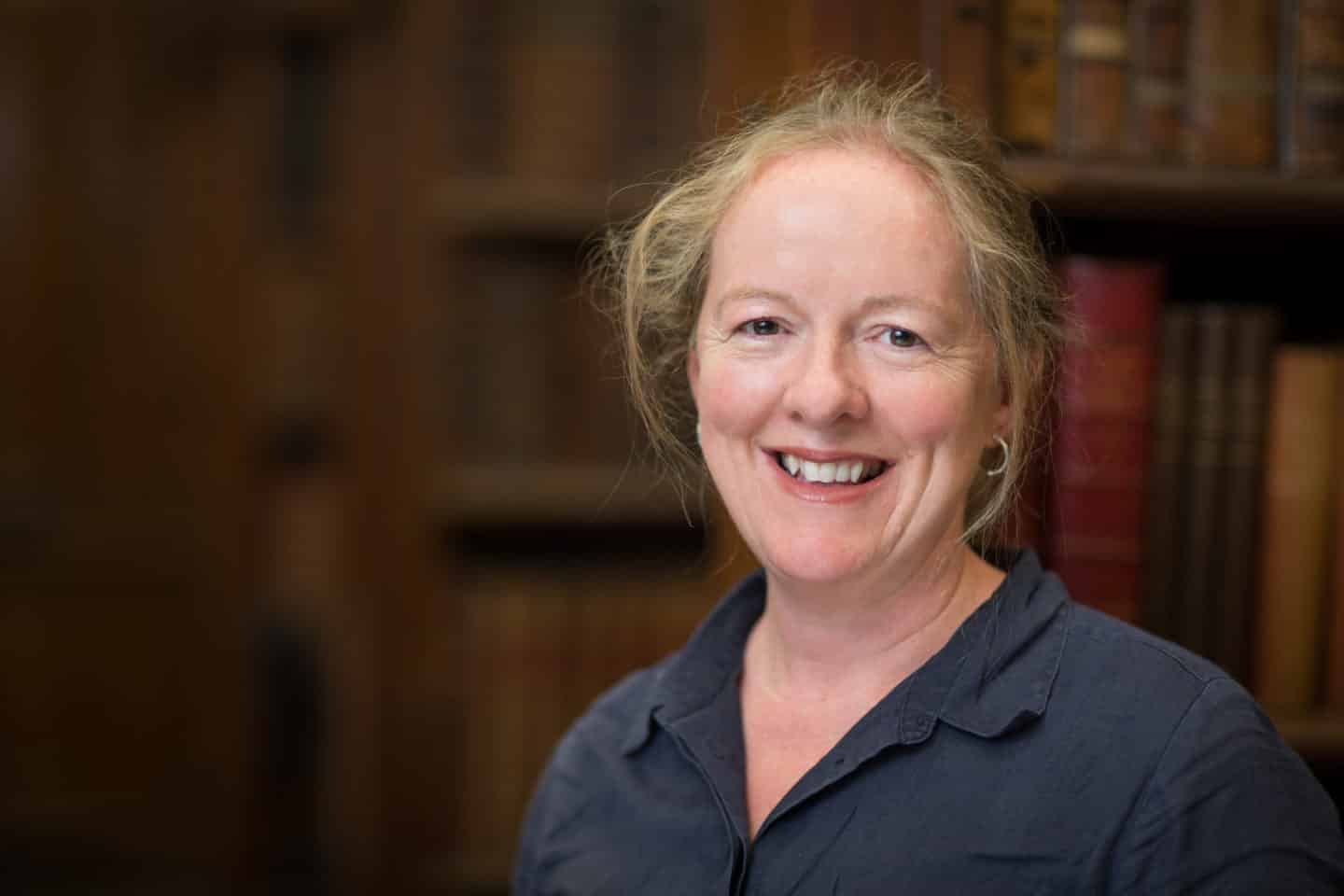Blog Post
Armenian books in a 17th century Oxford library
Readers of the Lincoln Library and Archives blog might already be familiar with the name of Thomas Marshall, the 17th century Oxford philologist who was Lincoln’s Rector until his death in 1685. He left the greater part of his library to Lincoln (the Bodleian was allowed to take its pick first) and his collection of Hebraica and Judaica, along with 77 volumes of Civil War pamphlets, are among the treasures of the College’s historic collections. Recently my interest has been piqued by a much smaller group of books from Marshall’s library: 19 printed books and 4 manuscripts in Armenian.

Although this collection is small, it is significant: it includes the first Bible printed in Armenian, a beautiful New Testament with woodcuts after Durer, a rare Armenian-language primer and children’s catechism, and important works on Armenian history and geography. Such a small selection of books could not be comprehensive but Marshall did own works from the major centres of Armenian printing in 17th century Europe (Venice, Livorno, Milan, Paris and Amsterdam), works that were representative of the kinds of books produced by Armenian presses in the period and not easily found in Oxford. The collection also throws light on Marshall as both as scholar – or rather a student – and a book-buyer.

Among the books that came to Lincoln are the first Bible printed in Armenian (in Amsterdam in 1666) and the New Testament issued 2 years later by the same printer. It seems clear that the Bodleian did not choose to keep these volumes because they already had copies of both editions, copies which, in fact, had been bought from Marshall: the Bodleian accounts for 1673 record £20 paid to “Dr Marshall” for an Armenian Bible and an Armenian New Testament. While the two volumes at Lincoln are in rather plain, though nonetheless elegant, calf bindings – probably Dutch - the copies sold to the Bodleian are much more lavish: expensive leather, gilt-tooled in a French style, with detailed centrepieces and elaborate patterns built up from numerous impressions of small decorative stamps, the kind of binding commonly found on luxurious Dutch bindings of the period. Marshall was elected to the Rectorship of Lincoln in 1672 and returned to Oxford in 1673, the year the Bodleian’s purchase of the books was recorded, very possibly bringing all four books with him before choosing to sell the more valuable to the Bodleian.

Marshall also owned two copies of another important Armenian book, Francesco Rivola’s 1633 Latin-Armenian dictionary. In the copy still at Lincoln, you can see the Armenian alphabet in Marshall’s hand, with the names of the letters and guides to pronunciation in columns to the right of it, on the front free endpaper. The other copy, now at the Bodleian, is covered in scholarly notes, not by Marshall but by the Oxford orientalist William Guise. An inscription at the front records the gift of this book from Marshall to Guise, on the evidence of these two books the more competent Armenian scholar. By the time of Marshall’s death, the book he had given Guise was back in his library, evidence perhaps of how scholars shared their books.
Marshall’s collection of Armenian books included 4 manuscripts and one of these, extracts from the Armenian liturgy dated about 1675, provides a tantalising glimpse of Marshall’s efforts to learn Armenian. At the end of the text the copyist, an Armenian priest, has added a note in Armenian that reads, according to this translation from the Bodleian catalogue of Armenian manuscripts: “On arriving at Oxford, 12 Dec. 1674, I called upon Dr Marshall, with a recommendatory letter, and found him a learned man, and acquainted with many languages. Although very old he greatly desired to learn the Armenian language. I, Iacob Grigorentz, merely came here to see the country, but stayed during the winter, as travelling was unsuitable both by sea and land. If God preserve my health I shall leave for my own country, Armenia, on the first of April.” The image of two men spending a cold Oxford winter studying Armenian is, to me at least, one of the treasures of Marshall’s library.
